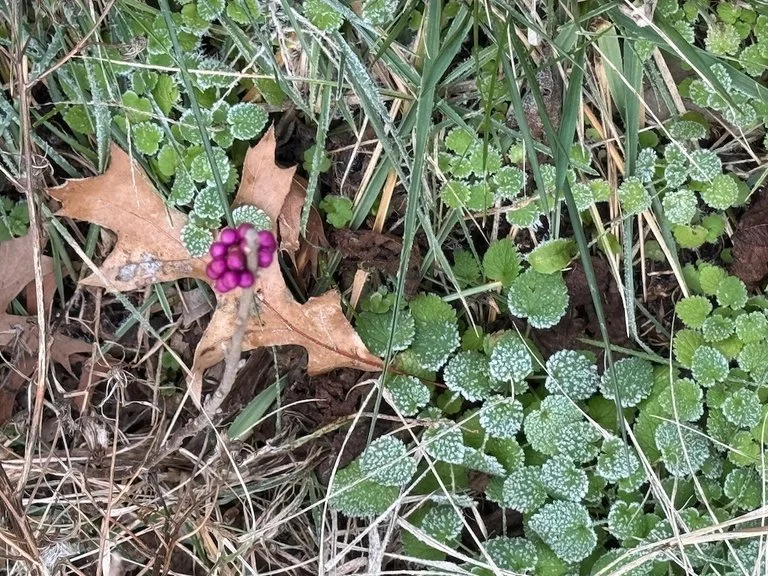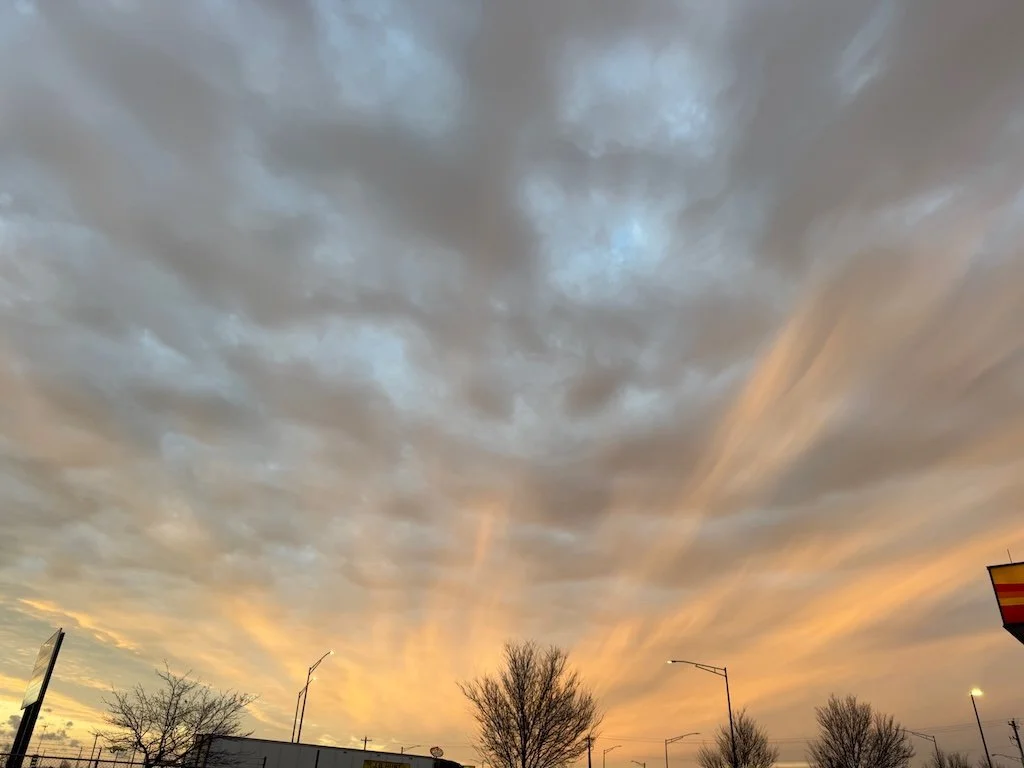Being Green – Reuse
/The ultimate of being green is to reuse rather than trash. Here are some activities that have worked for me and I’d love to hear about ones that have worked for you:
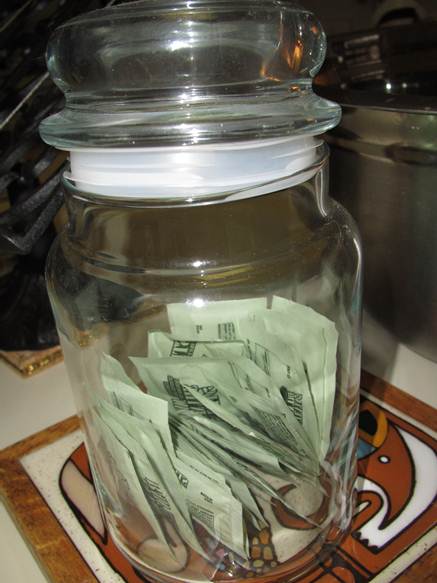 Re-purpose. Think of a new use from an item that you would have previously trashed or recycled. Some examples:
Re-purpose. Think of a new use from an item that you would have previously trashed or recycled. Some examples:
- I have some plastic trays that were used by a caterer that would not go through the dishwasher well…but worked great under pots on the deck to catch the water run off.
- The candles that come in a glass container with a lid made wonderful canisters. I use mine to hold tea bags and packets of sweetener. To clean out the wax, set them in a shallow pan of boiling water until all the bits of wax melt and can be poured out. Wipe clean with a paper towel. Soak in water to get the labels off then put through the dishwasher.
- Thrift stores. There is no consistency in thrift stores – but it is often worthwhile to at least check out the ones near you. Yes – the selection is totally unpredictable and there will be times you will not find anything you can use. But when you do….it is usually a terrific bargain and the reuse is just an added positive.
- Donate. When you clean out closets or otherwise identify things you no longer need…decide if some of them can be easily donated to a charity. Some charities will even pick up from your porch!
- Freecycle. Post items that you want to give away …or pick up something someone else is giving away. To find a group near you – check out http://www.freecycle.org/ and let the reuse begin! I have gotten rid of a partial package of roofing shingles, an old ice cream freezer, and a box of art project supplies!
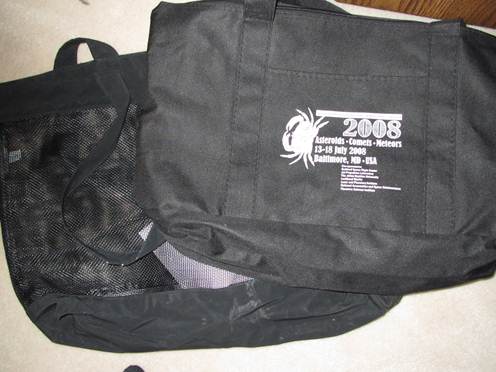
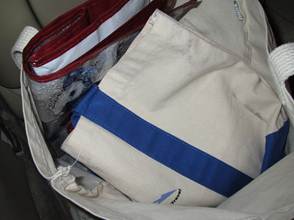 Bring your own Bag - Use canvas or reinforced paper/plastic bags from conferences or received as gifts for charitable donations when you go shopping rather than using the stores plastic bags.
Bring your own Bag - Use canvas or reinforced paper/plastic bags from conferences or received as gifts for charitable donations when you go shopping rather than using the stores plastic bags.







